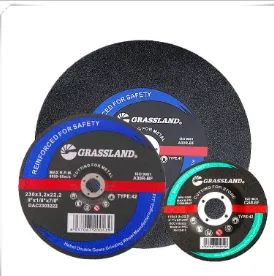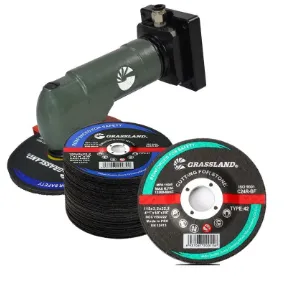

Zirconia Alumina is another abrasive that combines cutting efficiency with durability. Designed for high-pressure grinding applications, it is often used on steel and stainless steel. Its abrasive grains are exceptionally tough, making it suitable for heavy-duty grinding tasks. This abrasive excels in operations that demand a high stock removal rate and extended wheel life, contributing to lower production costs. Boron Nitride, particularly in its cubic form (CBN), is among the hardest materials available, second only to diamond. CBN is especially suited for cutting hard ferrous materials, making it invaluable in industries working with hardened steels and superalloys. Its thermal stability ensures superior performance and longer tool life, even under high-speed conditions. Diamond is unrivaled in hardness, making it the abrasive of choice for cutting and grinding the hardest materials, such as glass, ceramics, and carbide. Although more expensive, diamond abrasives are indispensable in precision finishing tasks where exceptional accuracy is needed. However, they are not suitable for grinding ferrous metals due to chemical reactions that can occur between diamond and iron. Selecting the right type of abrasive is not merely about matching hardness to the material. Experts consider factors such as material composition, desired finish, and grinding conditions. The correct choice enhances productivity, reduces waste, and ensures high-quality outcomes, strengthening the credibility of the manufacturer and the satisfaction of the end-user. Professionals seeking to optimize their grinding operations must weigh cost against performance while maintaining a focus on sustainable practices to support long-term business success.
Post time:Jan - 10 - 2025

















